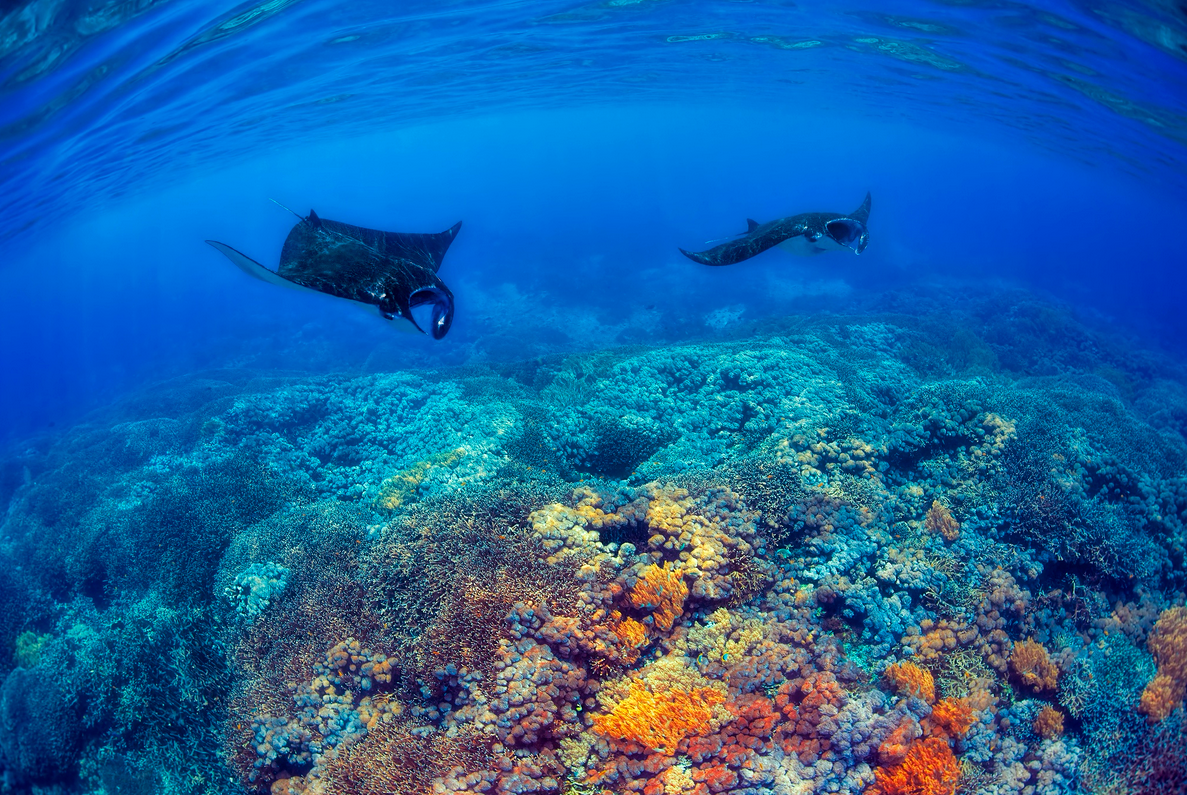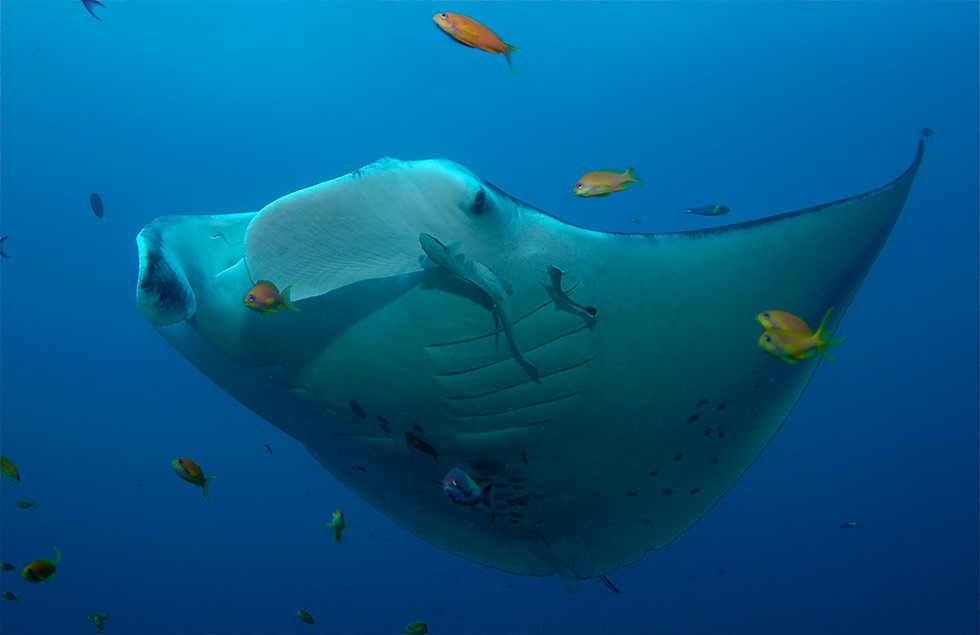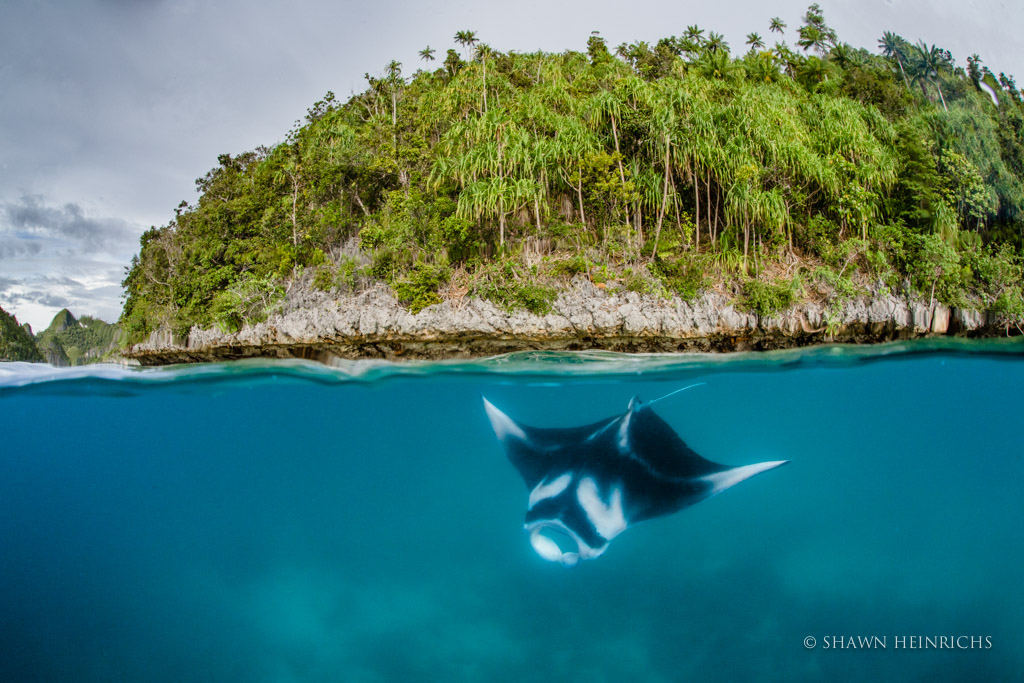
Otherwise you’ll fly into Berau – most of the time you’ll connect in Balikpapan (BPN), which is served by flights from Singapore, Jakarta, Bali and other Indonesian hubs. You can also fly to Tarakan from Jakarta. You would fly in to Tarakan from Tawau, Malaysia (great if you’re combining your trip with Scuba Junkie Sipdan or Scuba Junkie KK). Our transfer service runs on Mondays and you can expect the speed boat ride to take between 3-4 hours. The area is served my two main airports – Tarakan (TRK) and Berau (BEJ).įrom Tarakan airport we can pick you up at the airport and bring you to the harbour, where the transfer boat will bring you to the resort on Derawan. Manta rays take approximately 10 years to reach sexual maturity, and the pregnancy lasts for nearly 13 months! Their slow reproduction rate combined with the many threats they are facing are sadly contributing to declining manta ray numbers across the globe. The pups resemble a miniature manta ray and can immediately survive on their own, without any parental care. Manta rays have very long gestation periods, and usually give birth to just ONE single live pup every few years. If they would stop swimming they would not survive! This is why discarded fishing nets and other marine debris is so dangerous to manta rays (and other sharks/rays and marine life for that matter). It is essential to push water through their gills.

This is one of the reasons you should never ever touch a manta ray – your hands can break the film and leave them vulnerable to infections and disease. In addition, many of us are also using beauty products or perhaps sunscreen, which can also be very harmful for manta rays! Just keep swimming!
#Reef mantas skin#
But did you know why? Like many other fish, a manta rays skin is covered in a film of mucus, which serves as a protective layer. If you’re a diver you probably already know that you should never ever touch marine life. Perfect ID shot by “Bertie” Aaron Gekoski Keep those hands off!

Despite this fact, divers and snorkelers all over the world have since kept on using the beloved term “manta ray” to describe these gentle giants! This led to the reclassification of mantas into the Mobula genus. The genetic makeup is so similar, their small differences do not warrant the separation of the genera. They’re not actually manta rays anymore! At least scientifically… A study from 2017 showed that manta rays are much more closely related to mobula rays (or devil rays) than originally thought. Oceanic mantas can reach a wingspan of 7 metres, with the largest individual ever recorded measuring over 9m!! Reef mantas are a little smaller at 3-5m (still pretty huge, we know!) Huge but harmlessĭespite being very large animals, manta rays are completely harmless – unless you are a zooplankton that is… Mantas are filter feeders, and feed on tiny animals called zooplankton which are commonly found near the surface. There are two types of manta rays, the Oceanic Manta (M. Although they are protected in international waters and by laws of certain countries, they travels often through unregulated waters and are still being fished all over the world.Gorgeous manta ray captured by “Bertie” Aaron Gekoski Oceanic and reef manta rays Overfishing has the real potential to wipe out large numbers of giant oceanic mantas due to the fact that they live so long and reproduce so little. Their size make them particularly susceptible to entanglement in fishing nets even when they are not voluntarily fished out. Their gills is still in high demand mostly by the traditional chinese medecine market. The Manta Trust and Marine Megafauna foundations are both working globally to research and protect the mobulae family and their habitats. The International Union for Conservation of Nature (IUCN) declared manta rays as ’vulnerable’ in 2011.

All of this combined make their reproduction quite slow! The mother will usually have two years elapse between pregnancies. Manta-mums usually carry only one pup, but 2 pups have already been recorded. They are born independent after a 12-13 months gestation period.

Manta rays can live as long as 50 years and are ovoviviparous, which means that they start development in an egg and hatch within the mother's body.


 0 kommentar(er)
0 kommentar(er)
